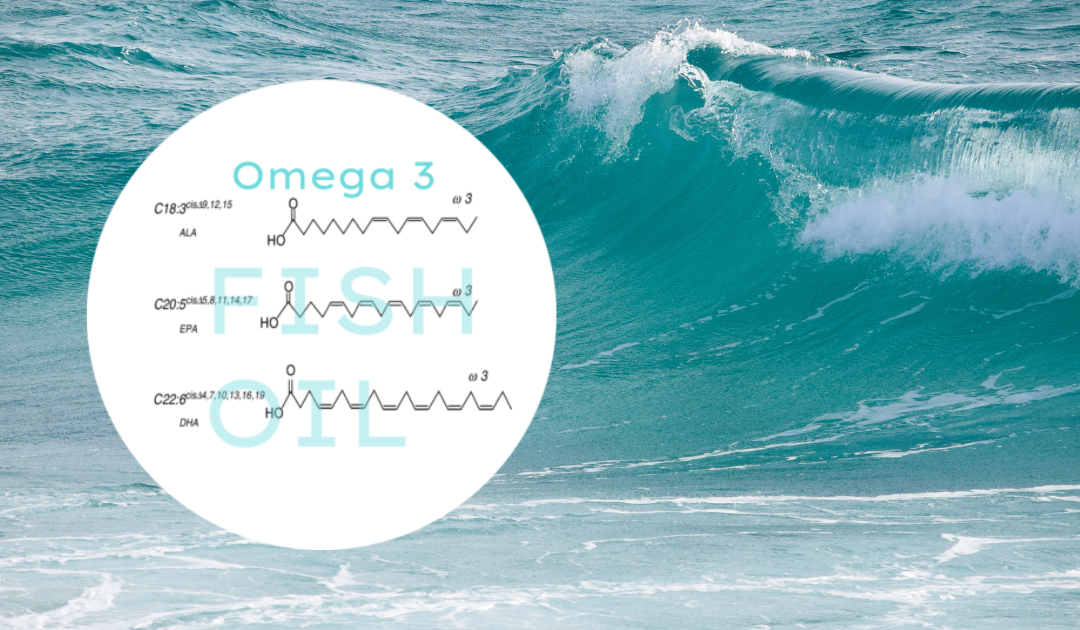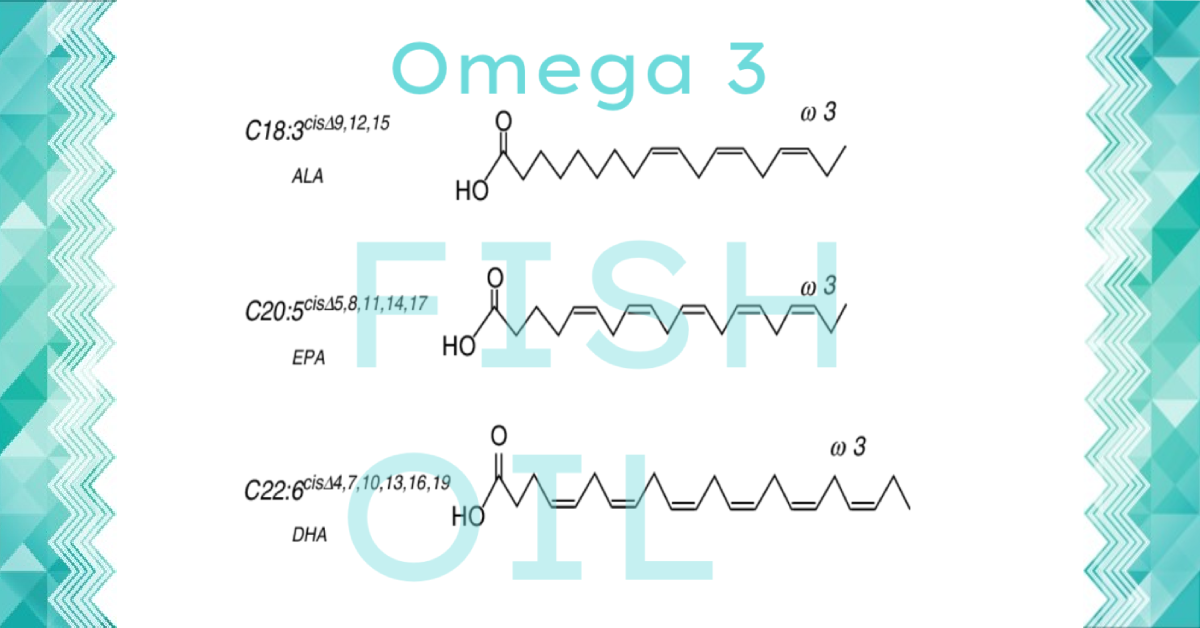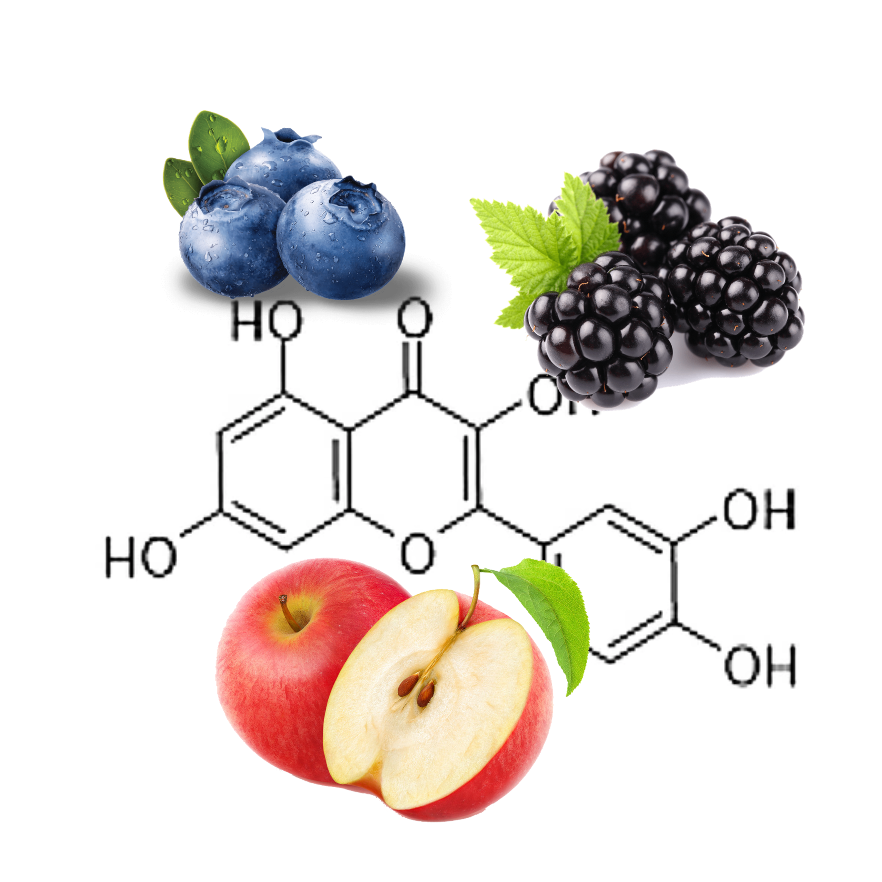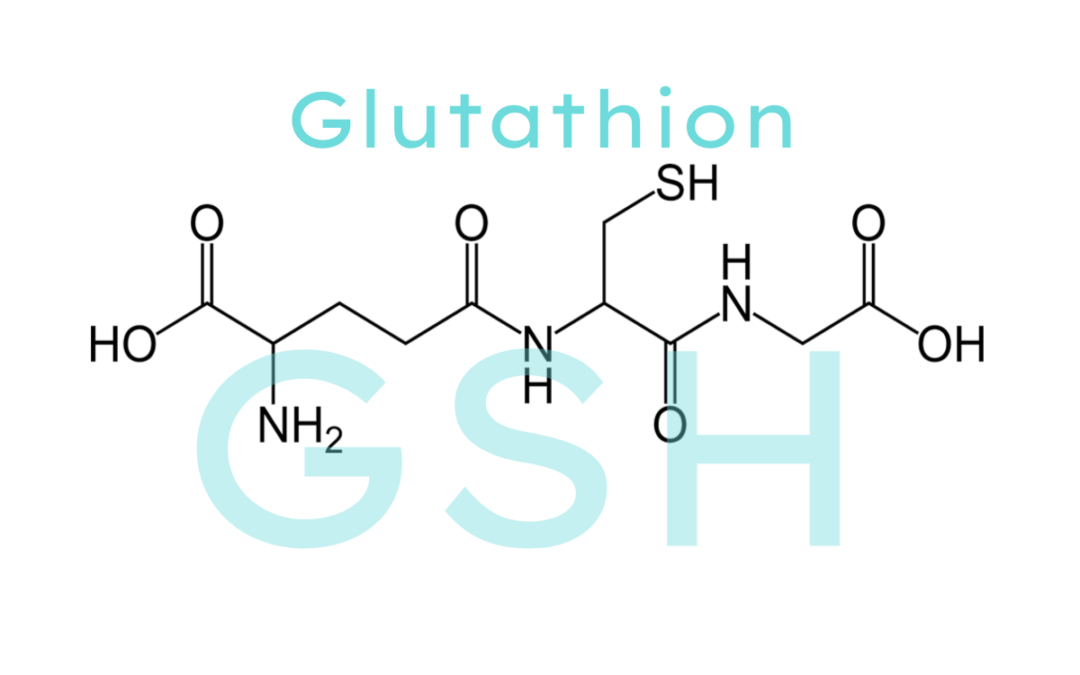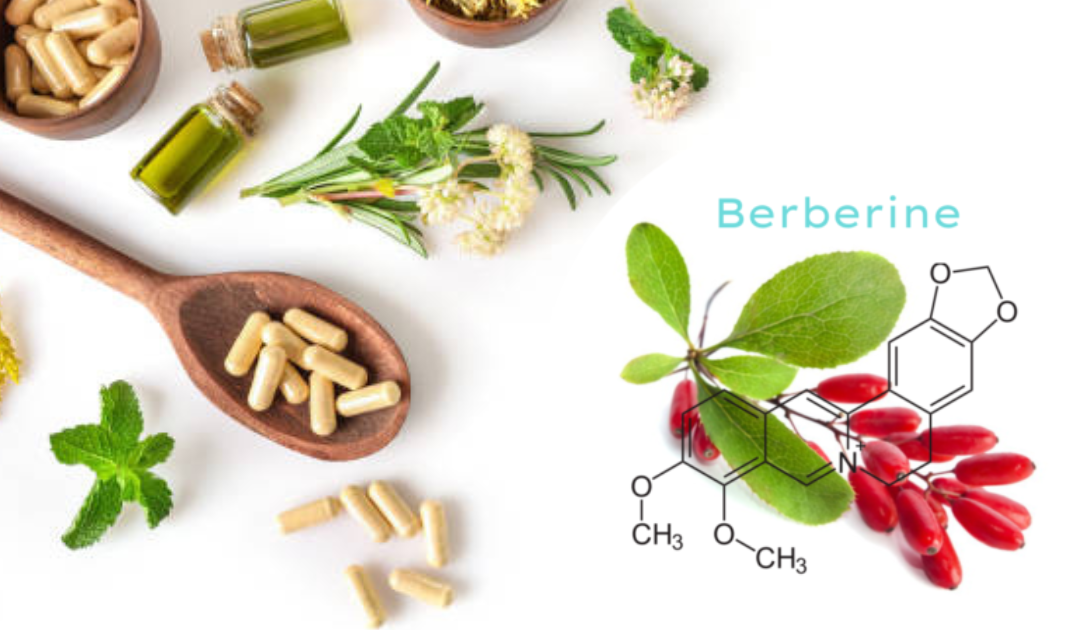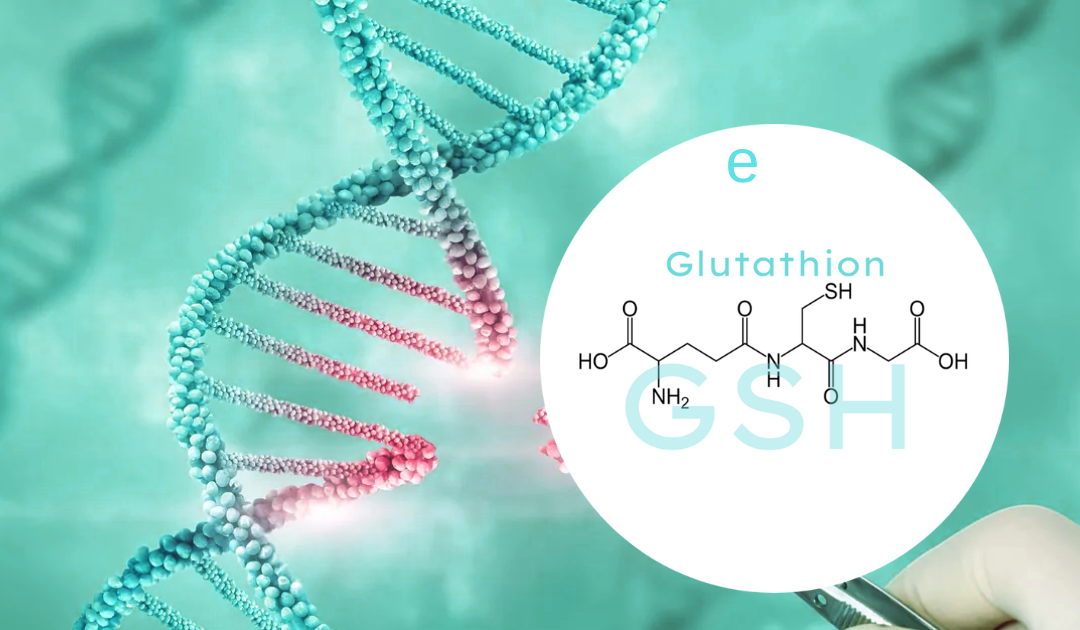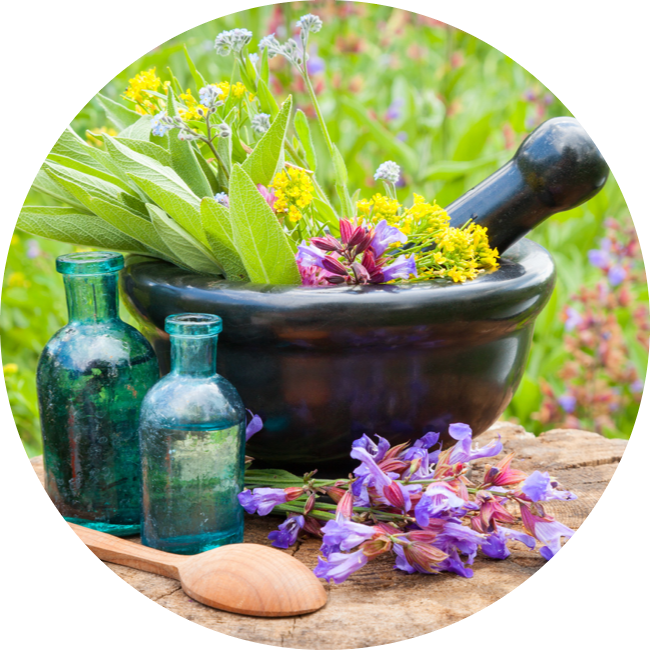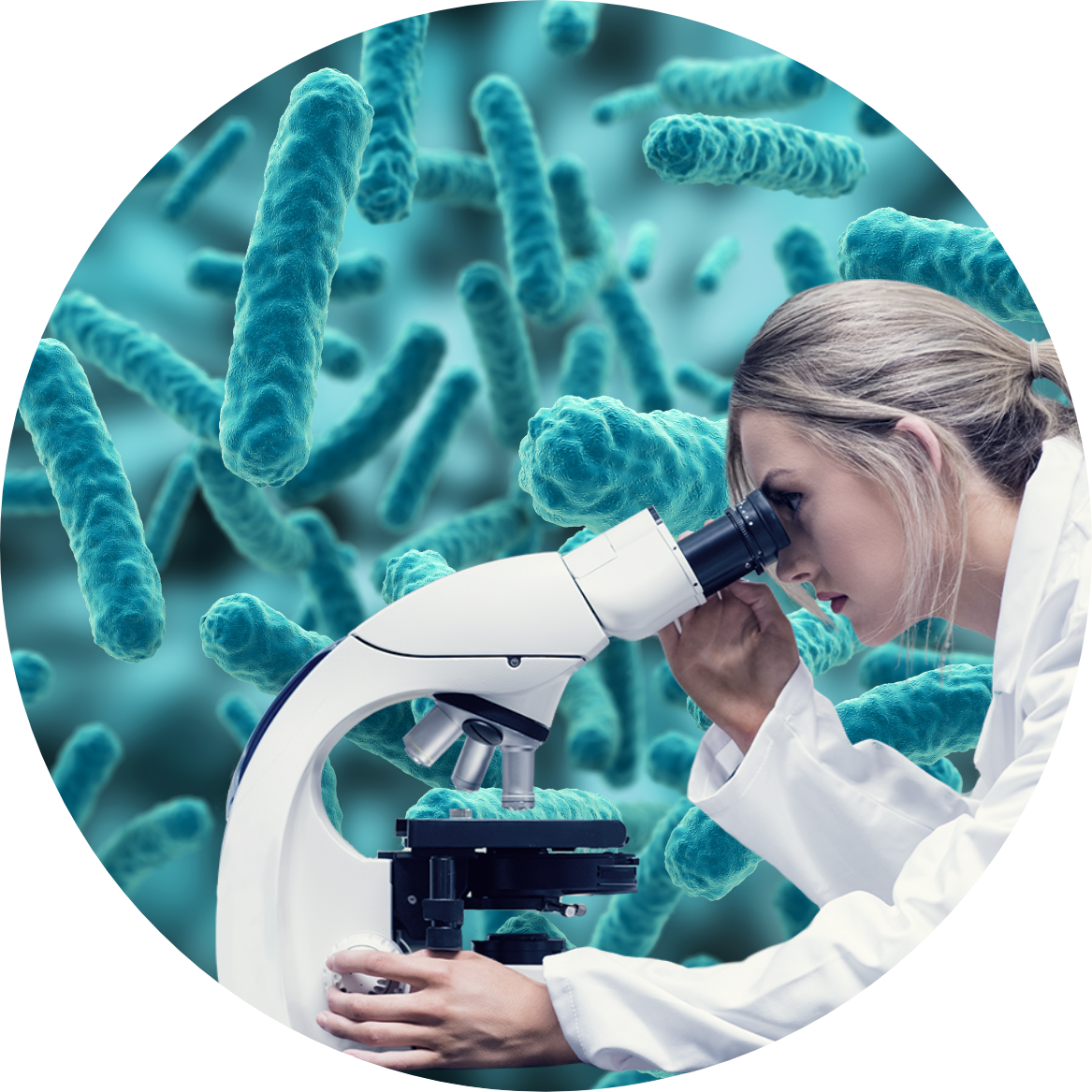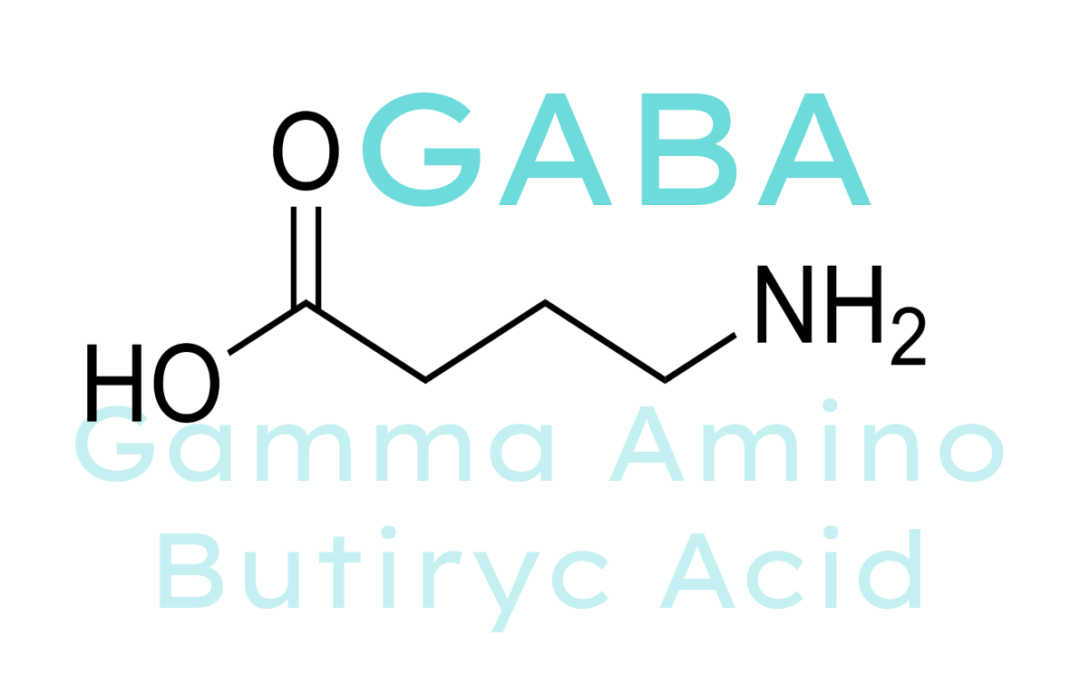
GABA
GABA the natural antidepressant
Gamma aminobutyric acid GABA, the calming neurotransmitter
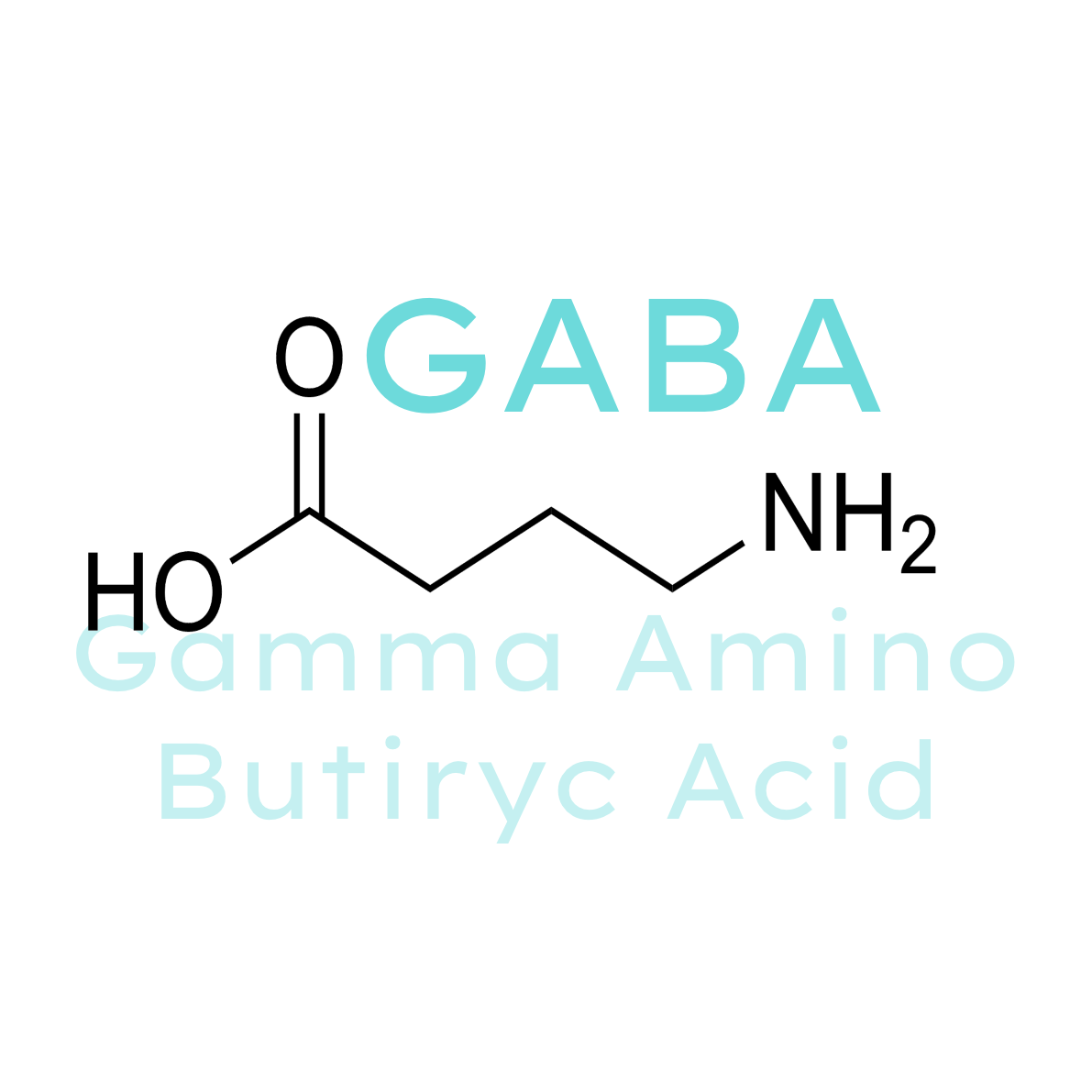
Gamma-aminobutyric acid is a natural antidepressant that reduces stress, anxiety, helps with sleep, weight loss, and even has a beneficial effect on the symptoms of children with ADHD.
Gamma aminobutyric acid is an inhibitory neurotransmitter in the brain that regulates our brain’s and nerve cells’ activity by limiting the large number of anxiety-causing neurons in our brain, helping to form sedative brain waves, correcting stress-induced nutritional deficiencies and helping to relax. One of the main triggers for the symptoms of histamine intolerance include mental and physical stress. To reduce this, it is advisable to call on GABA for help.
This amino acid can also improve your growth hormone levels, which is a quick and straight path to a slim and muscular build. It makes cells even more susceptible/sensitive to insulin, which means less insulin is needed to get nutrients into the cells. According to research, GABA does not remove the feeling of hunger but has curbed weight gain. It inhibits the growth of fat cells and above all this, it may also help with insulin resistance that may result from intestinal problems.
What is gamma amino butyric acid good for?
Cardiovascular system
- may lower blood pressure in patients with high blood pressure.
Digestive system
- enhances the secretion of digestive enzymes.
Metabolism
- may lower blood sugar levels in diabetic patients.
Musculoskeletal system
- may help prevent and treat Rheumatoid Arthritis.
Nervous system
- blocks anxiety-related nerve impulses from reaching the brain center.
- can improve the condition of attention deficit and hyperactive patients.
- binds to benzodiazepine receptors in the body.
- calms the central nervous system.
- is found in the cerebral cortex.
- can help prevent the development of seizures.
- supplementation can be used to treat depression and depressed patients. GABA levels in the brain are low in depressed patients.
- Post-traumatic depression can be caused by too low a level of Gamma amino butyric acid.
- Adequate GABA levels in the brain are needed in patients with epilepsy to prevent seizures.
- reduces the activity of neurons in the brain.
- Low GABA levels have been reported in panic patients. For this reason, supplemental consumption of GABA is also suitable for the treatment of panic disorder.
- can help you get proper and restful sleep.
- can block nerve impulses that are related to stress from reaching the brain.
Skin
- increases the production of hyaluronic acid in the skin and exerts its antioxidant activity.
Additional physiological effects of GABA-gamma-aminobutyric acid?
- It can lower your blood pressure
- enhances the secretion of digestive enzymes, thus improving the digestive process.
- may lower blood sugar levels in diabetic patients.
- can help prevent and treat Rheumatoid Arthritis.
- blocks anxiety-related nerve impulses from reaching the brain center.
- can improve the condition of attention deficit and hyperacetic (ADHAD) children.
- increases the levels of growth hormone in the body and helps reduce weight as well as increase muscle growth and recovery.
- binds to benzodiazepine receptors in the body and is also used to treat addiction.
- calms the central nervous system.
- supplementation can be used to treat depression and depressed patients. GABA levels in the brain are low in depressed patients.
- Post-traumatic depression can be caused by too low a level of GABA.
- Adequate GABA levels in the brain are needed in patients with epilepsy to prevent seizures.
- reduces the activity of neurons in the brain.
- Low GABA levels have been reported in panic patients. For this reason, it is also suitable for the treatment of panic disorder
- can help you get proper and restful sleep.
- Increases the amount of hyaluronic acid in the skin
Resources
- Abe, Y., et al. Effect of green tea rich in gamma-aminobutyric acid on blood pressure of Dahl salt-sensitive rats. Am J Hypertens. 8(1):74-79, 1995.
- Nakagawa, T., et al. Protective effects of gamma-aminobutyric acid in rats with streptozotocin-induced diabetes. J Nutr Sci Vitaminol (Tokyo). 51(4):278-282, 2005.
- Weeks, B. S. Formulations of dietary supplements and herbal extracts for relaxation and anxiolytic action: Relarian. Medical Science Monitor. 15(11):RA256-262, 2009.
- Braverman, Eric R. The Healing Nutrients Within. Keats Publishing, New Canaan, Connecticut, USA. 1997:240.
- Epperson, C. N., et al. Preliminary evidence of reduced occipital GABA concentrations in puerperal women: a 1H-MRS study. Psychopharmacology (Berl). 186(3):425-433, 2006.
- GABA is a potent growth hormone elevator. High Performance Muscle (AST Sports Science Catalog). 2001:88.

